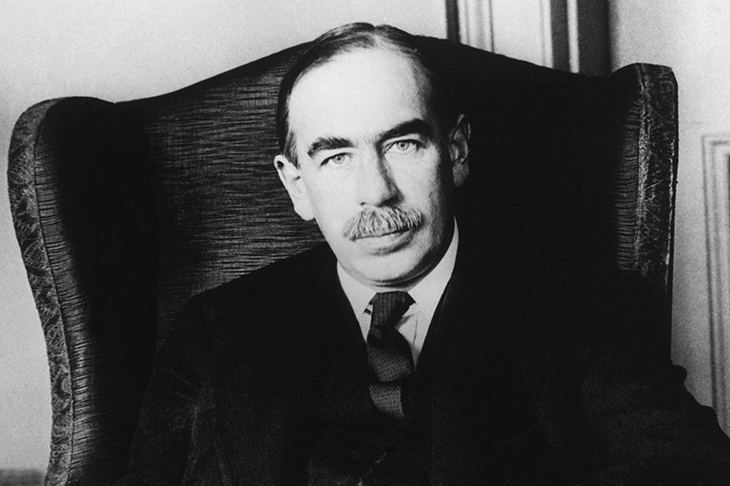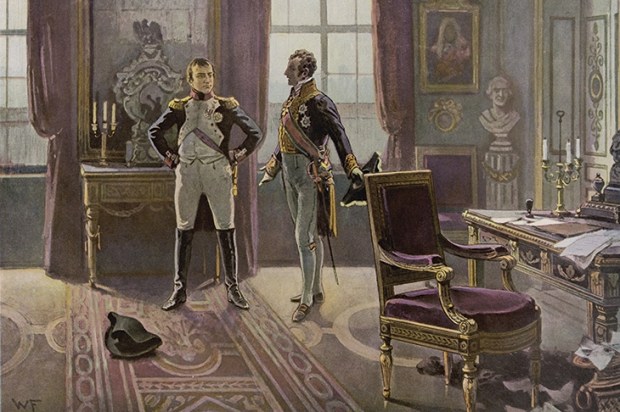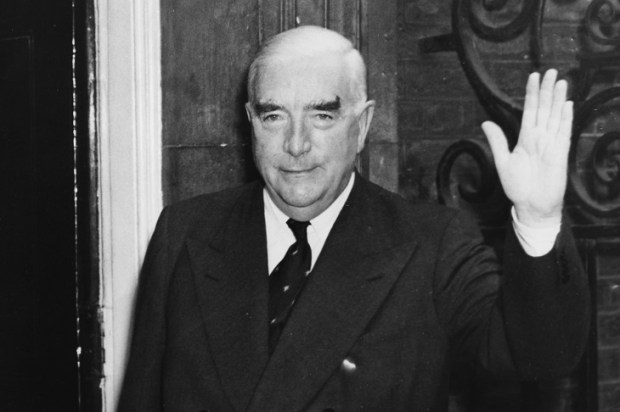Between 1923 and 1931 the publisher Routledge produced ‘Today and Tomorrow’, a series of 110 short books by intellectual luminaries of the time who were asked to imagine the future 50 to 100 years hence. The writers included Bertrand Russell, his wife Dora, J.B.S. Haldane, C.E.M. Joad, Sylvia Pankhurst, Robert Graves, Winifred Holtby, Basil Liddell Hart and Vera Brittain.
Already a subscriber? Log in
Subscribe for just $2 a week
Try a month of The Spectator Australia absolutely free and without commitment. Not only that but – if you choose to continue – you’ll pay just $2 a week for your first year.
- Unlimited access to spectator.com.au and app
- The weekly edition on the Spectator Australia app
- Spectator podcasts and newsletters
- Full access to spectator.co.uk
Or
Unlock this article
You might disagree with half of it, but you’ll enjoy reading all of it. Try your first month for free, then just $2 a week for the remainder of your first year.














Comments
Don't miss out
Join the conversation with other Spectator Australia readers. Subscribe to leave a comment.
SUBSCRIBEAlready a subscriber? Log in